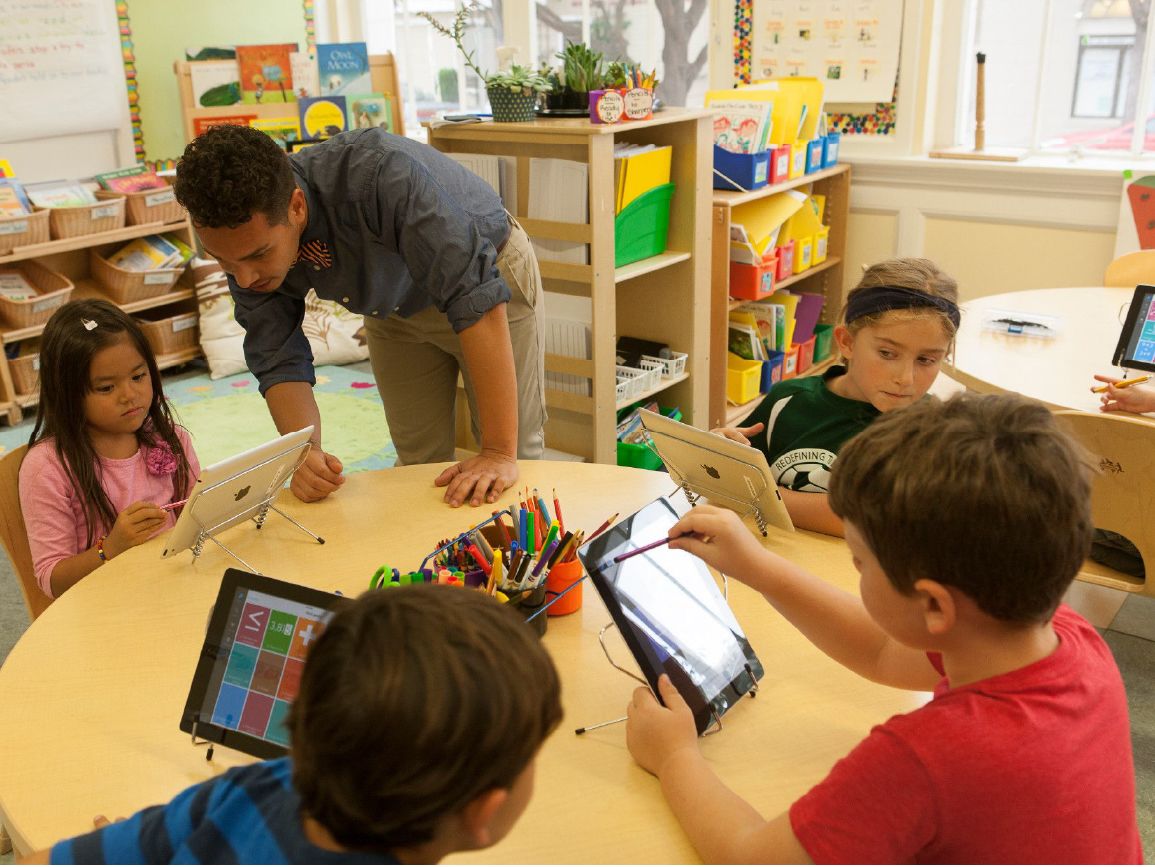Traveling with children can be an exciting adventure, but it can also be stressful, especially for parents with younger children. With a little planning and these practical tips and strategies, you can transform your journey into a positive and memorable experience for the whole crew.
Before the trip:
- Get them involved: Let your child participate in the planning process. This could include researching the destination, choosing age-appropriate activities, or packing their own bags). Remember to provide parameters so your child feels successful and you don’t end up with a list of 25 locations your child wants to visit while on your trip! For example, “Could you please pick out 3 pairs of shoes you’d like to wear?” “Let’s check this book out of the library—in your journal, draw or write down 2 places you’d like to visit, and 1 restaurant you’d like to try.” For self-packers, make sure to review their suitcase to ensure things that aren’t relevant aren’t sneaking in.
- Pack smart: Pack easy-to-wear clothes, familiar comfort items, and plenty of entertainment (books, games, tablets). Traveling may not be the time to reinforce tying shoes, buttoning pants, etc. Opt for ease and familiarity here.
- Build anticipation: Talk about the trip, watch travel videos, or read books related to your destination to build excitement. Are you taking a new mode of transportation your child has never taken before? Watch a video about it to get acquainted and know what to expect.
- Don’t overbook: A packed schedule can leave little room for flexibility or relaxation. Know that there will be the unexpected and leave yourself some room to be able to navigate it.
- Create visual schedules: This will help them understand the itinerary and what to expect. Once you are settled on what you will be doing, use pictures and words to create a visual schedule of your time during travel.
- Renting vs. hotels: Consider renting a house or apartment instead of a hotel room, especially for longer trips. This often provides more space for children to play, a kitchen for preparing meals, and separate sleep areas for better rest.
- Prepare your child: If they have difficulty sleeping in unfamiliar places, try acclimating to the portable crib or new sleeping arrangements beforehand.
Travel day:
- Keep your child active: At the airport or train station, encourage them to walk around, play games, or interact with other passengers to burn off energy before boarding. Even children who can’t yet walk can be stimulated with games of “peek-a-boo”, pulling up and down, etc. This helps to create not only physical but also mental and social-emotional stimulation for children.
- Manage expectations: Acknowledge that new environments can be overwhelming. Be patient and understanding if your child expresses discomfort or resistance.
- Embrace downtime: Schedule breaks during the journey, as schedule and pace will most likely look different during this time. This will allow your child to process new experiences and avoid getting overstimulated.
Additional tips:
- Be prepared for messes: Accidents happen. Pack plenty of wipes and extra clothes, for both you and your child, and have a relaxed attitude about spills and unexpected situations.
- Be prepared to stop: If traveling by car, there may be plenty of stops worked into your trip. Not only will you need to stop for the restroom, but to stretch everyone’s legs and provide a stimulation break. Traveling by train or plane? Try to work in some movement with your child, when appropriate, such as walking up and down the aisles and playing a game of “I Spy”.
- Document the journey: Encourage your child to journal or take pictures to capture their experiences and memories.
- Consider collections: Encourage your child to collect small souvenirs or mementos to keep them focused and engaged during the trip. This can also help minimize the, at times, costly trips to gift shops for souvenirs.
- Screens: While limiting screen time is generally recommended, traveling can be a time to bend the rules a bit. Games, movies, and other digital activities can help pass the time and keep your child occupied during long journeys. However, it's important to remember that these activities don't necessarily help children develop essential skills like self-regulation and waiting.
- Many activities and experiences we engaged in as young children during travel are still tried and true methods for children today. Playdough and coloring materials are great to bring no matter what type of travel. Today, people can be seen traveling with snack trays filled with favorites, water-only painting pads, window clings, magnets, special treasures that only come out during travel, etc. Know your child and what they enjoy. Be sure you have these items available for entertainment during your trip.
- Routines: Maintaining familiar routines as much as possible can be incredibly comforting. Stick to bedtime routines, mealtimes, and other familiar practices to provide a sense of normalcy. If your routines at home need some fine-tuning, work to get back on track so when you travel, the flexibility is there to be off routine a bit, making the transition back to home routines a bit easier for all.
- Celebrate the small stuff: Making a big deal out of small things can go a long way. Is there a landmark or interesting stop you can make on your travel- either on the way or at your destination? Is the nation’s largest ball of yarn on your route? Stop by to extend the fun and create lasting memories.
Remember that children and adults experience travel differently. What might seem mundane to you could be fascinating for your child. Embrace their unique perspective and allow them to enjoy the journey in their own way. Honor your travel together as a time to connect, bond, and engage, rather than something to get through.
By following these tips and adjusting your expectations, you can create a positive and memorable travel experience for both you and your child. Listen to our podcast episode on travel as our hosts provide a practical list of tips you can implement right away as you plan your next family getaway. Happy travels!





